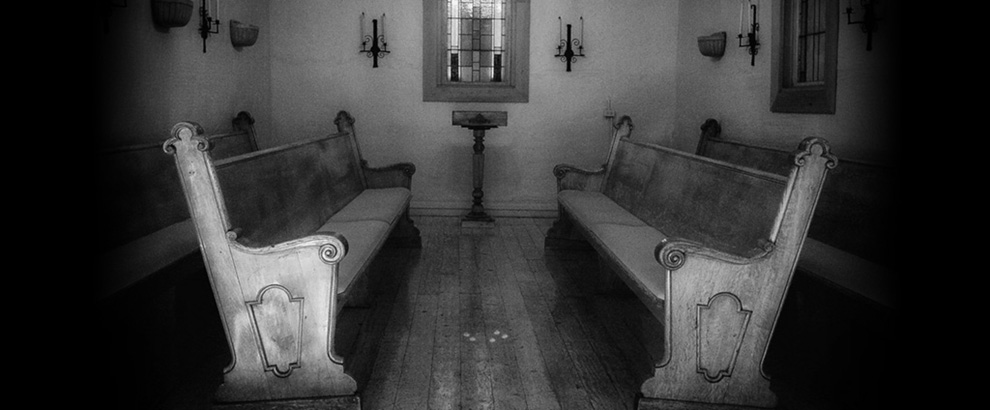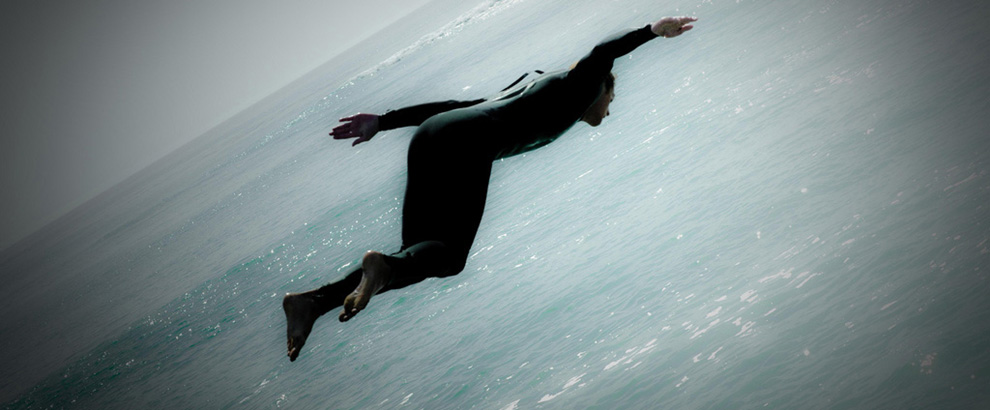
Sculpture, like all other art forms, has always ridden along on historical waves of style and sensibility. It both joins in with and helps to direct the prevailing currents unique to any given era.
Not much cottoning to the hottest new trends in painting, sculpture, literature, music or film? Just give it 20 minutes and, as in springtime, the clouds will probably shift again and the light may manifest in ways more to your liking.
But as we look through the long-running project of humanity trying, with a considerable assist from its artists, to define itself within and against the world, we can recognize certain enduring, classical currents that manage to keep percolating, however sparely, through every era. Probably foremost among those is depiction of the human body in a way that at least dignifies—if not exalts—the remarkable, uniquely self-conscious life form that it is.
This humanistic sensibility and fidelity to bodily life have often been abjured, through a dizzying succession of artistic eras, in favor of shapes and swirls and installations and abstractions and pretensions galore. But humanism remains, if you will, the elephant in the room, impossible to ignore in any era. And, in the way of such things, it most acutely shapes the responses and reactiveness of those who most breezily dismiss it as passé or hackneyed and already done to death.
***
***
And so we come to the work of Tinka Jordy, a Hillsborough, North Carolina-based sculptor of a seemingly unrelenting humanist focus, even as she takes an occasional almost playful foray into our brethren in the animal world. (See the huge-eared bunny at the end of this post.)
I was able to view a good number of Jordy’s works yesterday in the extraordinary setting of a juried show in the home gardens she shares out in the countryside beyond Chapel Hill with her husband and art curator Mark Donley. The couple’s 23rd Annual “Art in the Garden Sculpture Exhibition” was accompanied by mostly cloudy morning skies and spring breezes that exerted a gently rustling presence through the elegant plants that framed hers and some two dozen other regional sculptors’ work.
Jordy’s own works were liberally dispersed through the multiple paths that meander through the trees and carefully tended flowers and shrubs of the generous property. In those works, she explores a kind of calming, sacred repose that any refugee from the hurly burly of modern life would instantly recognize as a necessary-but-elusive salve to all that ails our often scrunched, tense bodies and bruised-by-experience spirits.
***
***
No one gets out of this life either alive or unscorched, a fact that Jordy’s high-fired clay figures reveal in the imperfect fissures and textures of their skin. That said, there is tremendous dignity in acceptance of this fact, with distinct hints that such acceptance, far from causing despair, leads instead to a hard-earned transcendence of the finite realm.
Not flying above the fray, but taking the fray into oneself and holding it close to one’s bosom, in all graceful acceptance, as this piece below seems to suggest in no uncertain terms.
***
***
The figure above, unclothed but for the branch material and bird draped over its shoulder, gender-neutral, knees crunched and held in somewhat protective mode, nevertheless betrays no defensiveness, given the open face, gently closed eyes and upturned mouth that cohere into a portrait of utter serenity. This creature is ready for whatever awaits, as calm and caring and unflappable at its core as a Buddha.
Of the world, given to it and letting it abide in full, but no longer much subject to its arrows.
***
Religiously inclined people frequently stand accused of forsaking this world or basing their behavior in it on the dreamy reward of a world yet to come. The fact that religion is sometimes distorted and promoted in this way by certain sects, leaders and believers is unfortunate, given how much emphasis runs through the world’s sacred texts on the imperative of selfless service, compassion and love.
Jordy’s work, rife with religious terms in its titles and tonality (“Grace,” “Spirit Guide,” “Voyage,” “Emergence”), exists not so much as dream but as statement: that the world, whatever its sorrows, is fundamentally good—as are the people in it.
Her figures exude this in their quietude, their easy consorting with the birds, their openness to the sky and its grace.
There is no anguish or darkness here, no bitter fruits of lives gone wrong by choice or circumstance, and there may be those who accuse Jordy of being too peaceful by half. But to gaze at “A Moment’s Peace” is to understand this figure not as a pixie dust angel on a flight of fancy, but as an engaged person-in-the-world, not above her lot but simply snagging a respite from it while the moment avails itself.
Not ignorant, but simply content. It’s a right we fail to pursue—or at least accept when it is offered—at our peril.
***
***
“A Moment’s Peace” and “Francis” (below) represent neither triumph nor denial. The expressions are neutral, the eyes distant. These are travelers on a journey, unchagrined that it looks to be taking a long time, but not boastful of their knowledge that they will get there.
The road will stretch on, and there will likely be hills. Rest will be vital, equanimity a requirement. Fortunately, a certain ease will always be available for figures like these, who are in no particular hurry, who meet the day with calm eyes, open hands, a carefree shoulder or skull fit for birds, and skin attuned to the breezes that waft helpfully, gracefully, through the garden, unbidden.
***
***
Didn’t catch the name of this fellow during my visit yesterday, but I didn’t miss the gentle humor in his absurd magical ears. Let’s just call him “Bunny” until further notice…(Further notice: the title is “Mirage.”)
***
***
Check out this blog’s public page on Facebook for daily, 1-minute snippets of wisdom and other musings from the world’s great thinkers and artists, accompanied always by lovely photography.
http://www.facebook.com/TraversingBlog
Twitter: @AndrewHidas
Deep appreciation to the photographers!
Elizabeth Haslam, whose photos (except for the books) grace the rotating banner at the top of this page. Some rights reserved under Creative Commons licensing, see more at: https://www.flickr.com/photos/lizhaslam/
Library books photo by Larry Rose, all rights reserved, contact: larry@rosefoto.com
All Tinka Jordy sculpture photos, including small unnamed photo at top of page of sculpture entitled “Emergence,” by Andrew Hidas, some rights reserved under Creative Commons licensing, see more at: https://www.flickr.com/photos/andrewhidas/
For more of Jordy’s work, see her website at http://tinkajordy.com/. She also operates The Eno Gallery in Hillsborough with Mark Donley, where her works and those of other southeastern regional artists can be seen.



















Recent Comments